Master Student Guest – Jenny K.
This month we have had the pleasure of hosting a few master’s students at our Marine Research Centre. Jenny is staying Tofo studying Stingrays from the University of Glasgow. She was able to take a little time away from her research to give our volunteers a little bit of insight on her studies this month. Check out her story!
The Journey to a Masters Degree by Research in Mozambique
After diving for the first time in 2012, my whole future pivoted towards marine biology. I was in my first year of an ecology and conservation bachelor’s degree at the time when I completed both the Open Water and Advanced. Upon returning to university I changed my degree to Marine Biology. To say I was hooked to the underwater world is an understatement. After completing the bachelor’s degree I fulfilled a few of my other dreams, such as a ski season in Canada and completing an Ironman triathlon.

After these things, I was ready to get re-submerged in the world of marine biology – I emailed a dive centre in Tofo, Mozambique, and enrolled into a 3-month Divemaster internship. I had heard that there was a lot of active research conducted in Tofo, and with a view to finding a master’s degree topic, I got to work with meeting everyone I could. It was then that I met Katie, the marine research director of All Out Africa. Katie quickly became and continues to be an invaluable source of knowledge and help. I was also lucky enough to be offered a job at a dive centre, allowing me to stay in Tofo. After some deliberation stingrays became the family of interest as, despite a global distribution, so very little is known about our pancake-fish friends.
Being able to stay in Mozambique while I complete my research is a privilege. With every dive, I learn more and more about not just stingrays, but all the incredible creatures the ocean holds.
All About Stingrays – Jenny Keeping
Stingrays have had a bad reputation; Steve Irwin’s fateful interaction and the menacing barb on their tail does not comply with their docile, relatively quiet existence. It is actually the last resort for a stingray to use its barb, they would much prefer to take flight than fight.
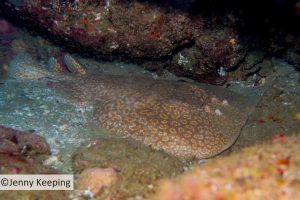
Stingrays (in their current form) have been flapping around in the oceans for 150 million years. They are a close cousin to sharks, as they also have a skeleton made of cartilage instead of solid bone. You can see this close relationship with some species which have co-evolved with the stingray and shark families, such as the Guitarfish family, which looks like a shark’s tail has been stuck to a stingray’s head.
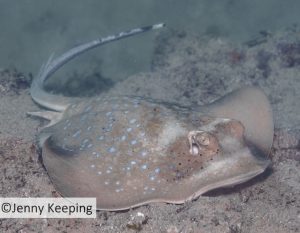
Stingrays are a valuable part of the marine ecosystem. They provide a link between apex predators, like the requiem sharks, and lower trophic levels, such as the crabs and shrimp they munch on just under the sand. Unfortunately, they face a threat operating at an unfathomable scale. Stingrays like to hang out on the sea floor, which is where some fishing methods, like trawling and gill nets, will entangle and drag them up by mistake.
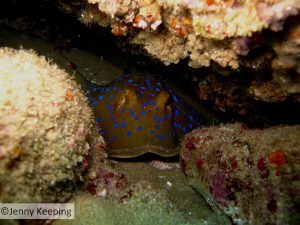
The lack of baseline data for stingrays globally means it is impossible for effective conservation measures to be put in place. Some stingrays are more common than others, but herein lies the challenge for all marine researchers – how do we research things we rarely see? I can tell you it takes time, perseverance and patience. In Tofo we see stingrays on approximately 1/3rdof dives, and every dive is recorded in the hope that the secrets of stingrays may start to be unlocked.
Click here if you would like to know more about our Marine Research Project, or our Dive Master Training Project.

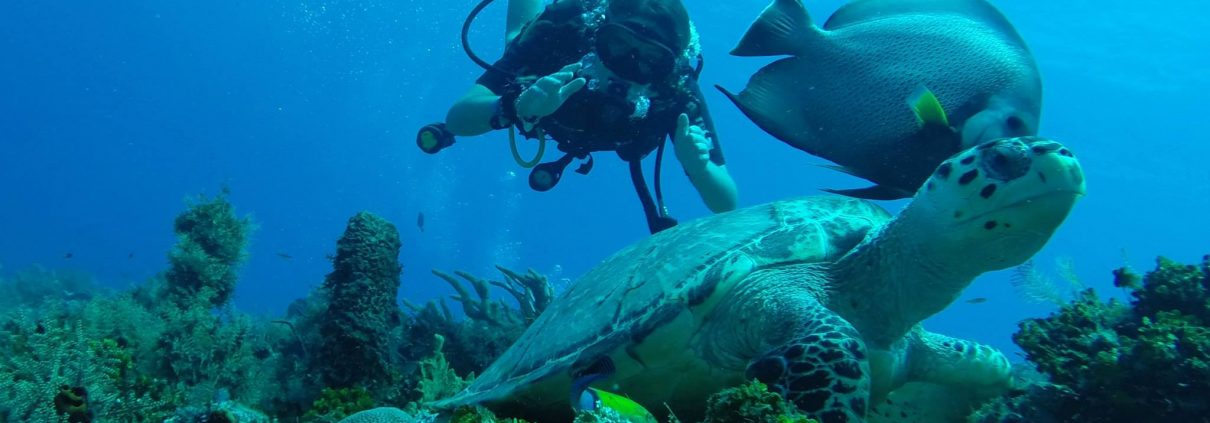
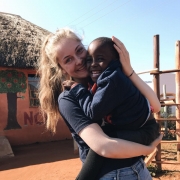

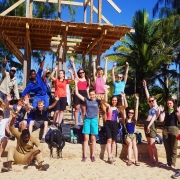
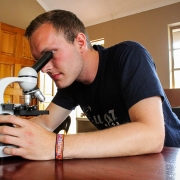
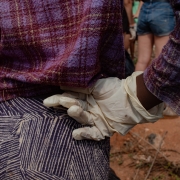





Leave a Reply
Want to join the discussion?Feel free to contribute!